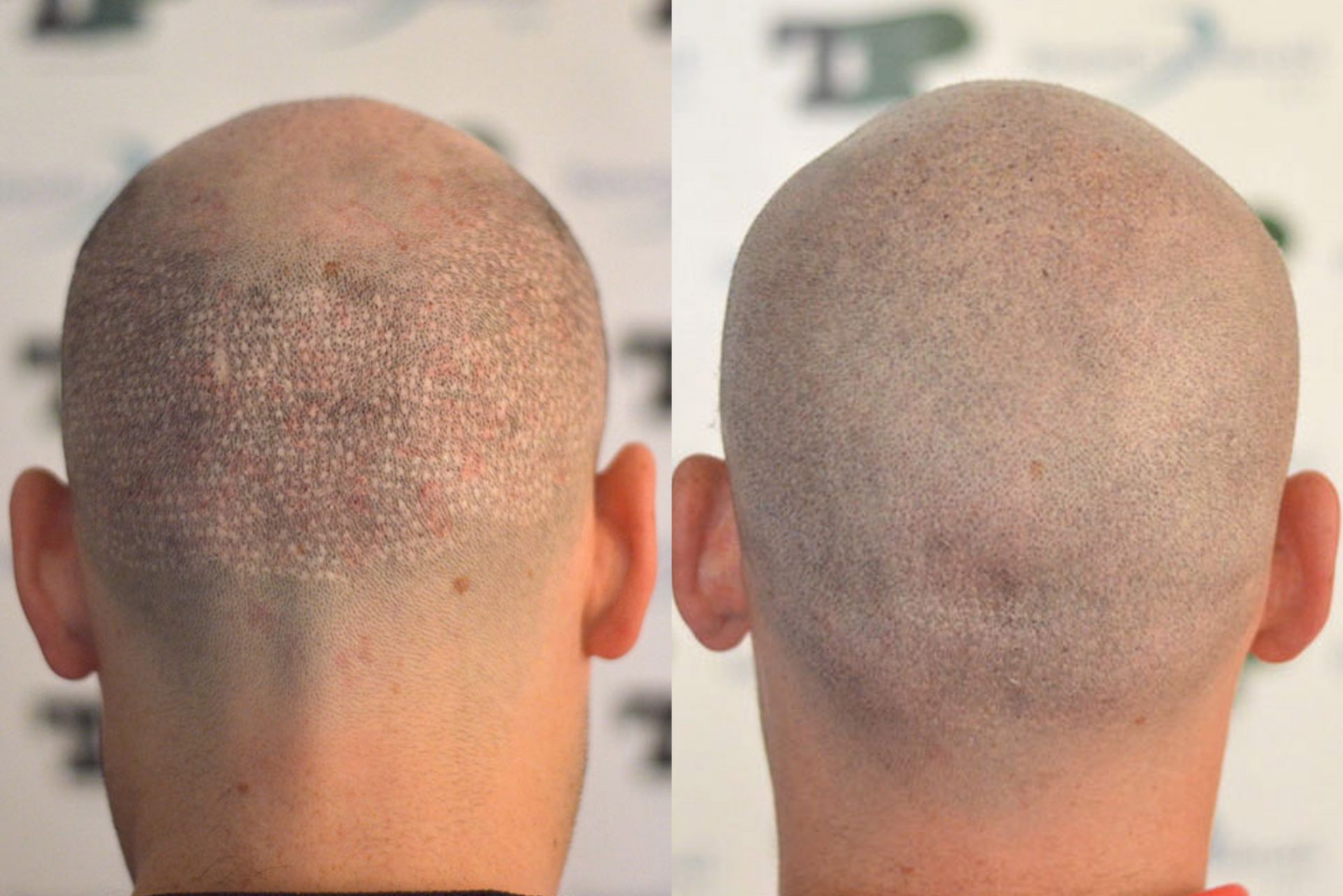Hair loss can be a distressing experience, impacting one’s self-esteem and confidence. As a result, many individuals seek effective hair restoration solutions. While hair transplant surgeries have been a popular choice in the past, Scalp Micropigmentation (SMP) has emerged as a revolutionary technique offering numerous advantages over traditional hair transplants. In this article, we will explore why SMP is a better option than hair transplant procedures.
- Non-Invasive vs. Surgical Procedure
Perhaps the most significant advantage of SMP over hair transplants is that it is a non-invasive procedure. Hair transplant surgeries involve the extraction of hair follicles from one part of the scalp (donor area) and transplanting them into the areas with thinning or no hair (recipient area). This surgical process can be painful and require a longer recovery time. On the other hand, SMP is a non-surgical procedure that uses specialized pigments to replicate the appearance of hair follicles on the scalp. It is a more straightforward and less traumatic process, allowing for a faster and more comfortable recovery.
- No Risk of Scarring
Hair transplant surgeries involve making incisions and sutures, which can lead to scarring in both the donor and recipient areas. While these scars may fade over time, they are permanent and may not be aesthetically pleasing. In contrast, SMP does not cause any scarring since it only involves depositing pigments on the epidermis. The result is a natural-looking, scar-free hairline.
- Immediate Results vs. Gradual Growth
One of the main drawbacks of hair transplant surgeries is the time it takes for the transplanted hair to grow and achieve the desired density. It may take several months for patients to see significant results, and the final outcome might not be evident until a year or more after the procedure. On the other hand, SMP offers immediate results. After just a few sessions, patients can enjoy the appearance of a closely-cropped hairline, giving them a newfound sense of confidence without waiting for hair to grow.
- Versatility in Treating Hair Loss
Hair transplant surgeries may not be suitable for everyone, especially those with advanced hair loss or limited donor hair. SMP, on the other hand, is a versatile solution that can be used to address various stages of hair loss. Whether you have a receding hairline, thinning hair, or complete baldness, SMP can create the appearance of a full head of hair by skillfully replicating hair follicles on the scalp.
- Low Maintenance vs. Ongoing Care
SMP requires minimal maintenance compared to hair transplant surgeries. Once the pigments are applied, they only need touch-ups every few years to maintain their appearance. On the contrary, hair transplants may require ongoing care and maintenance, with some patients needing further procedures to achieve the desired density or address any complications.
- Cost-Effectiveness
SMP is generally more cost-effective than hair transplant surgeries. Hair transplants can be expensive due to the surgical nature of the procedure, and additional expenses may arise if multiple sessions are required. SMP’s upfront costs are comparatively lower, and the long-lasting results eliminate the need for frequent touch-ups, making it a cost-effective investment in the long run.
Conclusion
Scalp Micropigmentation (SMP) has revolutionized the hair restoration industry, providing a superior alternative to hair transplant surgeries. Its non-invasive nature, lack of scarring, immediate results, versatility, low maintenance requirements, and cost-effectiveness make it a compelling choice for individuals seeking to restore their hairline and regain their confidence. If you are considering hair restoration options, SMP should undoubtedly be at the top of your list, offering a natural-looking, permanent solution to your hair loss concerns.
